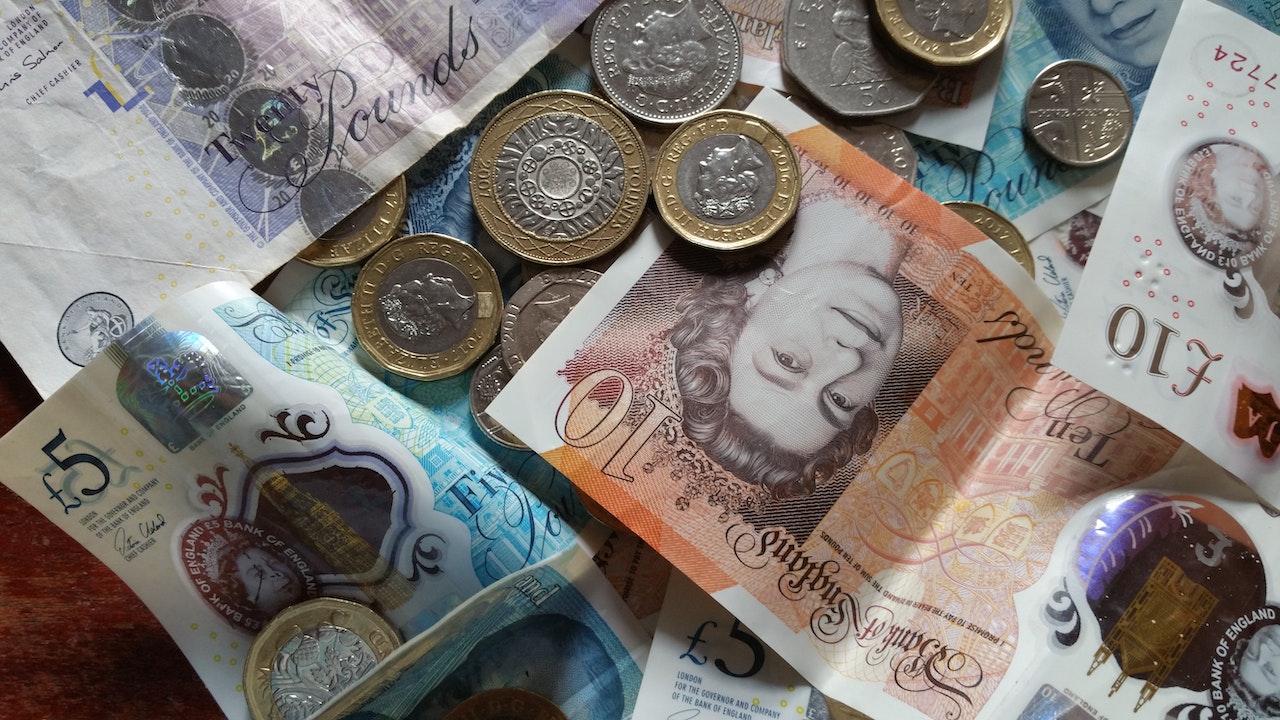Stamp Duty 2025: Understanding Upcoming Changes

Estimated reading time 5 minutes
Stamp Duty Land Tax (SDLT) rates are changing from the 1st April 2025. Back in September 2022 the government put a freeze on stamp duty increases to support the housing market and the businesses and jobs which rely on it.
This will soon be coming to an end, and it is first-time buyers and those buying lower priced properties that will be impacted the most. In this article we’ll reveal the new stamp duty rates, why the changes have been put in place, and how it could affect buyers navigating the housing market.
Stamp duty changes 2025
The nil rate threshold (the portion of a property's price exempt from stamp duty) is currently £250,000, but it will soon return to its previous level of £125,000.
| Proportion of property value | Rate for main residence |
| Up to £125,000 | 0% |
| £125,001 to £250,000 | 2% |
| £250,001 to £925,000 | 5% |
| £925,001 to £1.5 million | 10% |
| Over £1.5 million | 12% |
First-time buyer stamp duty changes 2025
The nil rate threshold for first-time buyers will be decreased back to £300,000 from £425,000.
First-Time Buyers Relief (a reduced stamp duty rate) is currently available for properties priced up to £625,000. However, this limit will soon revert back to the previous threshold of £500,000.
The new stamp duty rates for first-time buyers as of 1st April 2025 will be as follows:
| Proportion of property value | Rate for main residence |
| Up to £300,000 | 0% |
| £300,000 - £500,000 | 5% |
Stamp duty 2025 changes for additional properties
Effective of 1st April 2025, the system will be updated with new rates for additional properties beyond the main residence, including the introduction of a 7% SDLT rate for properties valued at £125,000 and above.
The new stamp duty rates for additional properties will be as follows:
| Proportion of property value | Rate for additional properties |
| Up to £125,000 | 5% |
| £125,001 to £250,000 | 7% |
| £250,001 to £925,000 | 10% |
| £925,001 to £1.5 million | 15% |
| Over £1.5 million | 17% |
What is stamp duty?
Stamp duty, officially known as Stamp Duty Land Tax (SDLT), is a tax imposed by the government on the purchase of land and property. It is a one-time payment that must be made by the buyer within a specific timeframe after the purchase. The amount of stamp duty you pay is determined by the value of the property you are buying.
A brief history of stamp duty
The history of stamp duty can be traced back to the 17th century when it was initially introduced as a means to raise revenue for the government. The tax was applied to various legal documents, including deeds, agreements, and other written instruments. Over time, stamp duty expanded its scope to include property transactions.
In its modern form, stamp duty was introduced in 2003, replacing the old system of Stamp Duty and Stamp Duty Reserve Tax. This new system was designed to be more progressive, with higher rates applying to properties with higher values. Since then, stamp duty has undergone several changes and reforms, particularly in response to the evolving property market and economic conditions.
Stamp duty exemption
While most property transactions are subject to stamp duty, there are some exemptions and special cases to consider.
- Transfers between spouses or civil partners: If you transfer property to your spouse or civil partner, you are generally exempt from paying stamp duty.
- Charities: Registered charities may be eligible for reduced or exempt stamp duty rates when purchasing property for charitable purposes.
- Shared ownership: Stamp duty may be payable on the share of the property you are buying rather than the full purchase price.
- Zero-carbon homes: Some energy-efficient homes may qualify for reduced stamp duty rates to encourage environmentally friendly housing.
What impact does stamp duty have on the property market?
Stamp duty has a significant impact on the property market in England and Northern Ireland. Changes in stamp duty rates can influence both buyer behaviour and property prices. Below are some of the most common scenarios:
- Increases in stamp duty rates can lead to lower demand for higher-priced properties, potentially causing a decrease in their prices.
- Stamp duty changes can spur or dampen market activity. Reductions in stamp duty, like those introduced in response to the COVID-19 pandemic, can stimulate demand and boost market activity.
- Stamp duty exemptions for first-time buyers make it easier for them to enter the property market.
- Higher stamp duty rates for additional properties have impacted the buy-to-let market, potentially discouraging some investors.
- Stamp duty rates can vary in different parts of the UK, which can influence property market dynamics on a regional level.
Stamp duty and the economy
Stamp duty is not only a revenue source for the government but also a tool for economic policy. Changes in stamp duty rates can be used to stimulate economic activity during times of recession or to cool an overheated property market.
However, critics argue that high stamp duty rates can deter property transactions, potentially stagnating the market. Striking the right balance is crucial for government policymakers to ensure that stamp duty serves its revenue-generating purpose without negatively affecting the property market.
How to deal with stamp duty
In England and Northern Ireland, stamp duty is a complex and ever-evolving aspect of property transactions. Understanding its history, current rates, exemptions, and impact on the property market is essential for both buyers and sellers. As property transactions are significant financial events, it's advisable to consult with a qualified professional, such as a solicitor or tax advisor, to navigate the intricacies of stamp duty and ensure compliance with the latest regulations.
Keep in mind that stamp duty rates and policies can change over time, so it's essential to stay informed and up to date when engaging in property transactions.
If you have any questions about selling your home and stamp duty, don’t hesitate to contact us. Our expert team is available to help you understand the topic clearly, and help you assess your route to sale. We have a network of pre-approved cash house buyers ready to buy your home directly from you, meaning you don’t have to tackle the fees and waiting times of the traditional market.



